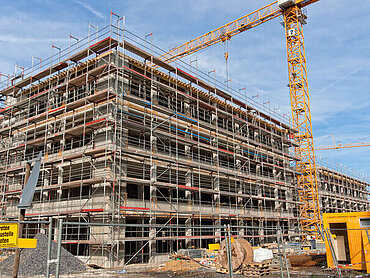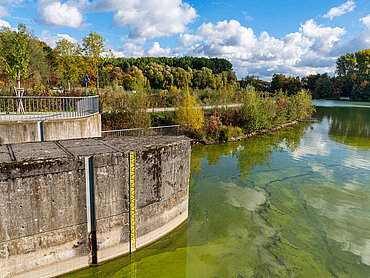The construction industry is one of the world's largest consumers of natural resources such as wood, sand, gravel and stone. The extraction of these resources damages the environment and the climate. The construction industry therefore faces major challenges in terms of sustainable development.
GHG balancing of buildings in the early planning phase is already becoming more and more common practice. Common assessment systems such as BNB, QNG or DGNB have firmly anchored the CO2e parameter in their criteria catalogues with a high weighting. The ifeu calculates the emissions required by the certification systems.
However, civil engineering is also increasingly becoming the focus of attention, with a technical guideline for the establishment of so-called CO2 shadow prices for infrastructure construction measures at EU level. At state level, ordinances are and have already been passed that implement Section 13 of the Federal Climate Protection Act, which requires CO2 emissions to be taken into account in the planning, selection and implementation of investments and in procurement.
The ifeu supports authorities in the preparation of CO2 indicators for standardised infrastructure construction measures or calculates detailed construction projects in various design variants in order to identify the alternative with the lowest CO2 impact.
Contact
Corvin Veith
Sc. Environmental Engineering
+49 (0)6221 4767 89
Phone Berlin: +49 (0)30 2844578 0
corvin.veith@ifeu.de

Reduction of embodied emissions in new buildings
Comparison of the options for Germany
In this project, embodied emissions from new buildings and possible development paths are examined and policy instruments for addressing them are developed.

The CO2 shadow price in the water management administration of the state of Baden-Württemberg
The amount of CO2 emissions associated with the construction and operation of various hydraulic engineering facilities is quantified in the working aid produced by ifeu in collaboration with…
